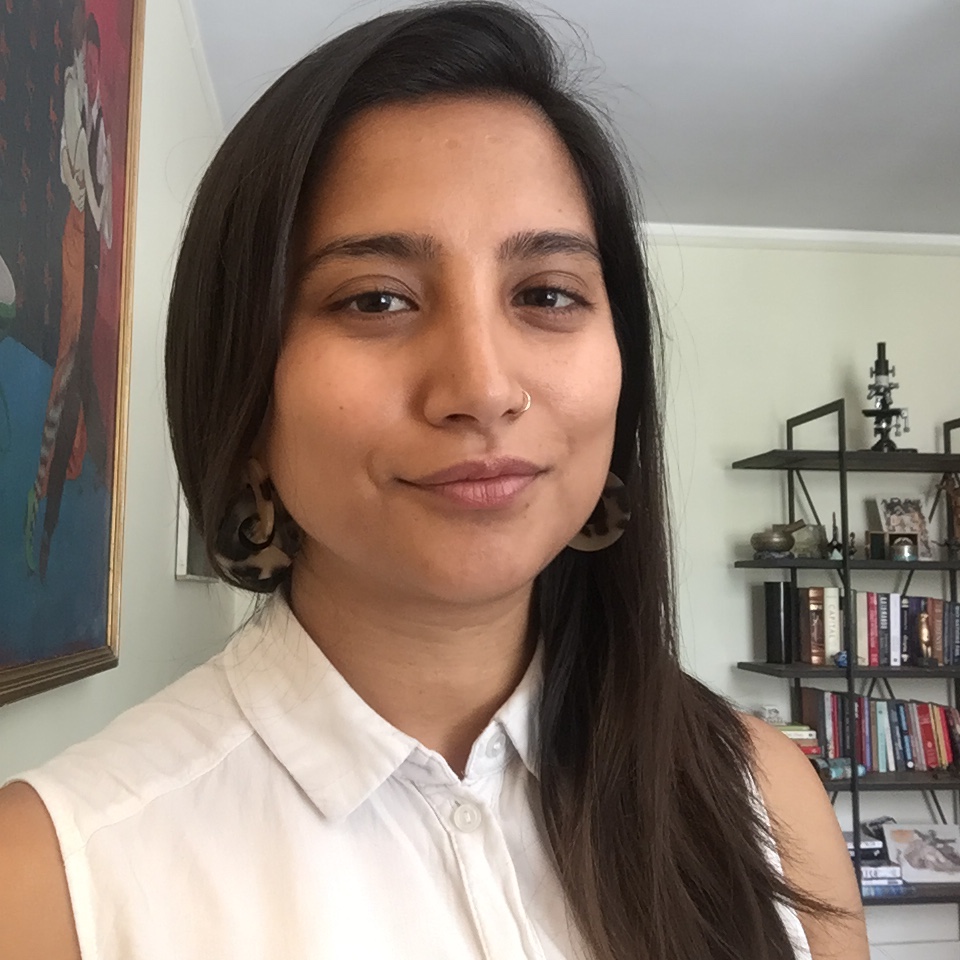Migration, a Mosaic of Human Experiences
Migration, a Mosaic of Human Experiences
by Samita Thapa
For generations, people have moved around looking for new homes, motivated by the pursuit of a better life, education, reuniting with family, protection, or freedom. The experiences of migrating and adjusting to a new place and community are just as diverse as the motivations for leaving one’s home. Today, however, migration tends to be discussed and analyzed around only a few recurring concepts. Various disciplines engage with the topic today, but with the same narrow objectives; to find the patterns in migratory paths, propose policies for assimilation or control, and better understand the deeper drivers of migration. Research on migration has therefore focused on those migrant experiences that align with pre-existing knowledge of theoretical concepts, while missing the diverse complexities of migrant lives.
Ventriloquist Tendencies in Migration Research
Taking apart the migration experiences to fit neatly into different frameworks does not do justice to the migrants’ stories and the challenges they face and overcome. Arjun Appadurai[1] criticizes anthropological research by aligning it with ventriloquism, where researchers simply look for and capture voices from the field that echo our training, reading, and cultural backgrounds. Though anthropologists capture many diverse voices in the field, we are thus unfortunately unable to create a dialogue in our writing that does justice to that diversity.
Other social scientists also see a problem in trying to squeeze the complex migrant experiences into pre-coined frameworks and concepts. Stephen Castles, a sociologist and political economist specializing in migration[2], points out the limitation of both neo-classical economics and new economics of labor migration in considering the non-economic factors that shape migration. Neo-classical economics focuses on income maximization based on rational decision making at an individual level while the new economics of labor migration does the same at a family level. Other international migration theories fall into the same trap of trying to box migrant experiences into themes of sending and receiving countries, migration control or management, assimilation or integration, to name a few. But as Castles points out, “a major obstacle of theory formation is the complexity and diversity of migration experiences.”[3] A single theory simply cannot explain the complex experience migration is and the social change that it implies.
Making Space for Migrant Narratives
When I started my research for my master’s thesis, I also fell into the trap of attempting to refine my research questions before I had even met the migrants I wanted to speak to for my research. But I quickly realized I needed to let my research carve that out for me. Instead of starting with a research question or a hypothesis prior to conducting my fieldwork, I leaned on the grounded theory methodology to help me absorb my research in a more wholesome way and draw insights from it. So, instead of constricting all the powerful stories I heard during my research into one theoretical framework – which would mean leaving out many stories I had heard – I chose to utilize several different concepts to be able to make space for the diversity of migrant narratives which I encountered.
My Research on Nepalis in Chile
My thesis research revolved around the Nepali migrant population in Chile, a group that is rarely studied in migration research so far. The 17000 kilometers between the two countries rightfully make it difficult to comprehend how and why Nepalis have moved to Chile. While the motivations of Nepali migrants were interesting, I was more drawn towards understanding their lives in Chile. Given that the experiences of the migrants I spoke to touched upon various different themes, I chose to be flexible and defy a single theoretical framework and instead focused on several:
- The concept of moral economy helped me grasp the shared understanding between Nepali employees and Indian employers who prefer to work with one another, even if the work conditions are not as favorable as the Chilean law demands.
- The trust networks Nepalis build in Chile are important in helping them navigate the new country as they are instrumental in finding your first job or housing. Migrants navigate through delicate networks of trust to become credible members of their community abroad.
- The gendered geographies of power framework help us see how migration policies in Nepal are a reflection of the roles that society assigns to different genders; pushing men to work abroad and preventing women from leaving. Men and women experience gender in different ways, yet migrant experiences continue to be diverse regardless of which gender group you belong to, refusing to be confined in one category.
- By closing the distance between migrants and their home, social media platforms like Facebook are allowing migrants to constantly stay in touch with loved ones as well as publish their life abroad to their online community the way they want to be portrayed.
Migration, a Mosaic of Human Experiences
Migration is an intricate mosaic of experiences that challenge or reaffirm our beliefs, shape our present and future, and push us to adapt to new circumstances in creative ways. While many of us, scholars and researchers, who are migrants ourselves believe that the experience of migrants we study are simple and categorizable, we tend to regard our own experiences as more complex and interesting. By defying the urge to confine the many different stories I heard in one theoretical framework, my paper has tried to do justice to the diverse narratives of the Nepalis in Chile.
Migration brings excitement and hope for the future for migrants and their families, but it also brings challenges, discomfort and vulnerability. It is time we come out of the siloed frameworks that restrict the rich human experience of migration, and instead see it for the mosaic it truly is; full of positive transformations as well as forced change, solidarity as well as manipulation, empowerment and restriction, reality as well as fantasy.
Author’s note: If you are interested in learning more about my research on Nepalis in Chile, you can contact me at samita.thapa@graduateinstitute.ch.

Samita has a masters in development studies from the Graduate Institute of Geneva with a focus on mobilities. Her work has revolved around migration, the role of technology in social change, and social entrepreneurship. Born in Nepal, Samita has lived most of her life as a migrant herself; she currently calls Chile home.
[1] Arjun Appadurai, “Introduction: Place and Voice in Anthropological Theory.” Cultural Anthropology 3, no. 1 (1988): 16-20. http://www.jstor.org/stable/656305.
[2] Stephen Castles, “Understanding Global Migration: A Social Transformation Perspective,” Journal of Ethnic and Migration Studies 36, no. 10 (December 1, 2010): 1565–86, https://doi.org/10.1080/1369183X.2010.489381.
[3] Castles, 1572.

